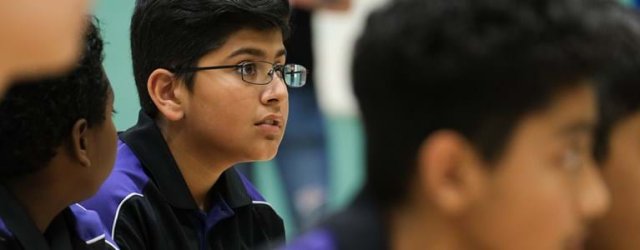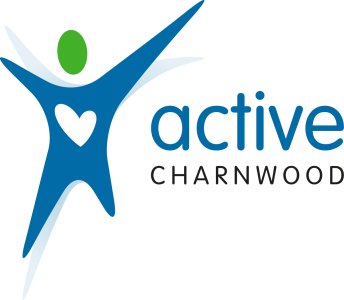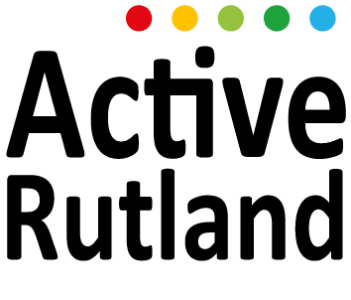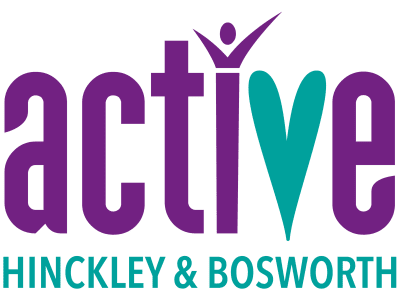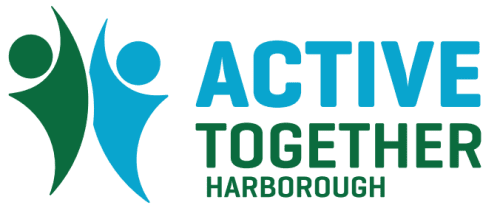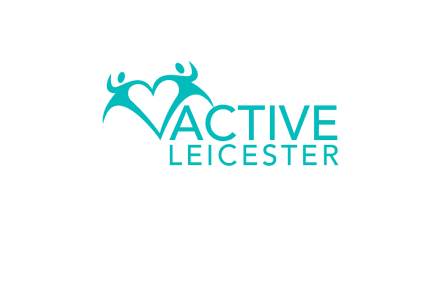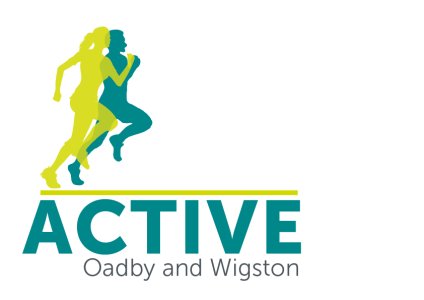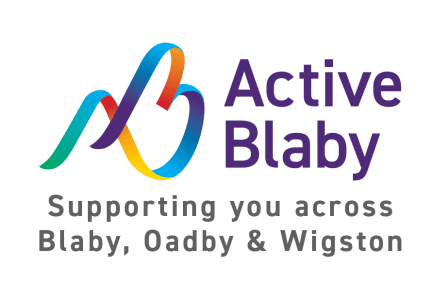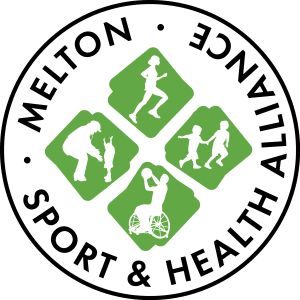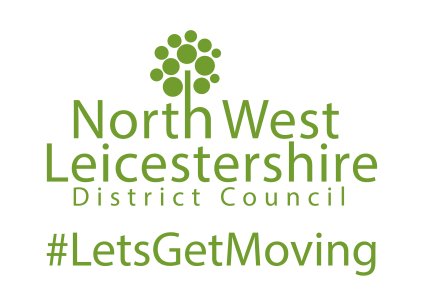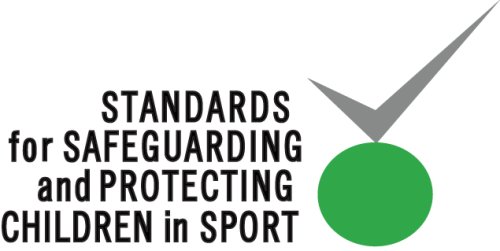Posted: Thu, 14 Mar 2024 16:37
As educators, one of our primary goals is to create learning environments that are inclusive, dynamic, and supportive of all students. When I first stepped into my role as joint head of PE, fresh out of university in North London, I encountered a significant challenge: a large number of disengaged students who frequently avoided participation, forgot their kit, and even excused themselves from PE due to fasting during Ramadan.
In Youth Sport Trust's latest blog post, Zoe Hodges, the Development Manager Northeast at the Youth Sport Trust shares her experiences and insights of making PE more inclusive during Ramadan.
Recognising the need for change, my team and I embarked on a journey to transform our PE department into a space that not only welcomed every student but also catered to their diverse needs and backgrounds. We knew that a top-down approach wouldn't suffice; instead, we turned to our students themselves for guidance and input.
By actively engaging with our students and embracing youth voice, we unlocked a wealth of insights and perspectives that proved invaluable in shaping our curriculum. We listened to their concerns, understood their challenges, and collaborated with them to design a curriculum plan that worked for everyone, especially during Ramadan.
One of the key insights we gained was the importance of flexibility and understanding during Ramadan. With a significant portion of our cohort fasting, it was crucial to adapt our activities to accommodate their needs. Lower intensity exercises, opportunities for rest, and regular check-ins to monitor energy levels became essential components of our curriculum during this period.
Moreover, involving our students in the decision-making process empowered them and instilled a sense of ownership over their PE experience. They felt heard, respected, and valued, which in turn led to increased engagement and participation. By co-creating the curriculum with our students, we ensured that it resonated with their interests, abilities, and cultural backgrounds.
In addition to curriculum changes, we recognized the importance of addressing practical barriers to participation, such as the PE kit. Many students expressed discomfort or reluctance to participate due to religious restrictions on clothing. To address this issue, we introduced a brand-new range of PE kit that not only prioritised comfort and functionality but also provided options for students to cover parts of their body in accordance with their religious beliefs. This initiative not only increased the inclusivity of our PE program but also helped students feel more confident and empowered to participate fully.
As we implemented these changes, we witnessed a remarkable transformation within our PE department. Disengaged students became enthusiastic participants, absenteeism decreased, and a sense of inclusivity permeated every aspect of our curriculum. Students felt seen, supported, and empowered to thrive, regardless of their background or circumstances.
In our school setting, where the student population was predominately Muslim, there was already a deep understanding of Ramadan among the majority of students. If implementing similar inclusive practices in a different setting where only a minority of students were fasting, it would require proactive education and awareness-building among the broader student body. Educating students about Ramadan, its significance, and the challenges faced by fasting classmates would be essential.
Looking back, one of my regrets is not sharing our practices and experiences with other schools or practitioners sooner. Our journey taught us valuable lessons about the power of student voice in shaping inclusive education practices, and it's a message that deserves to be heard far and wide.
Fostering inclusivity in physical education requires a collective approach to listen and collaborate with our students. By embracing youth voice and addressing practical barriers such as the PE kit, we can create curriculum plans that are not only effective but also reflective of the diverse needs and experiences of our students. Together, let's continue to champion inclusivity and empower every student to succeed in PE and beyond.
Source and Image: Youth Sport Trust
More information: https://www.youthsporttrust.org/news-listings/blogs/understanding-ramadan-and-fostering-inclusivity-in-physical-education


